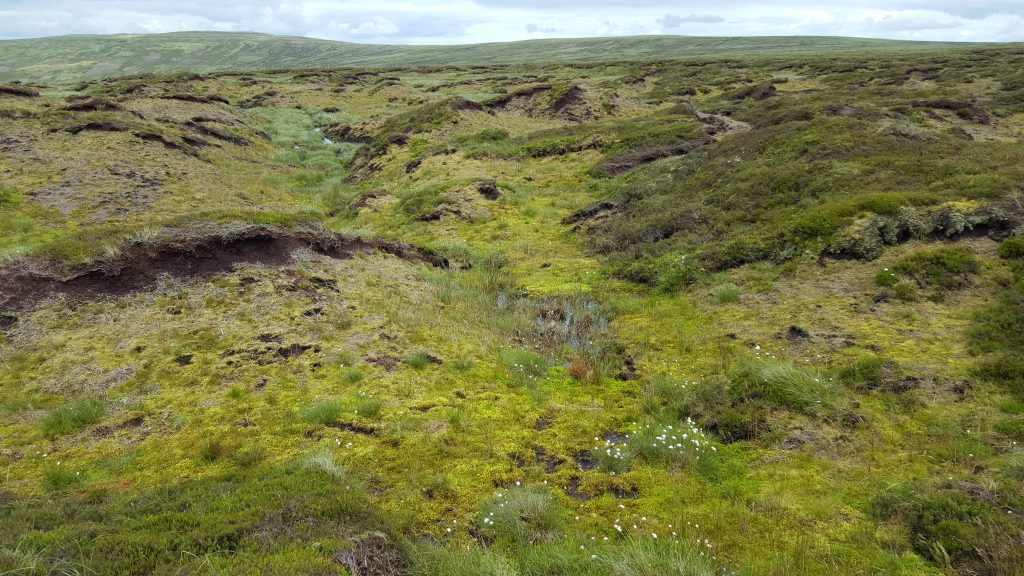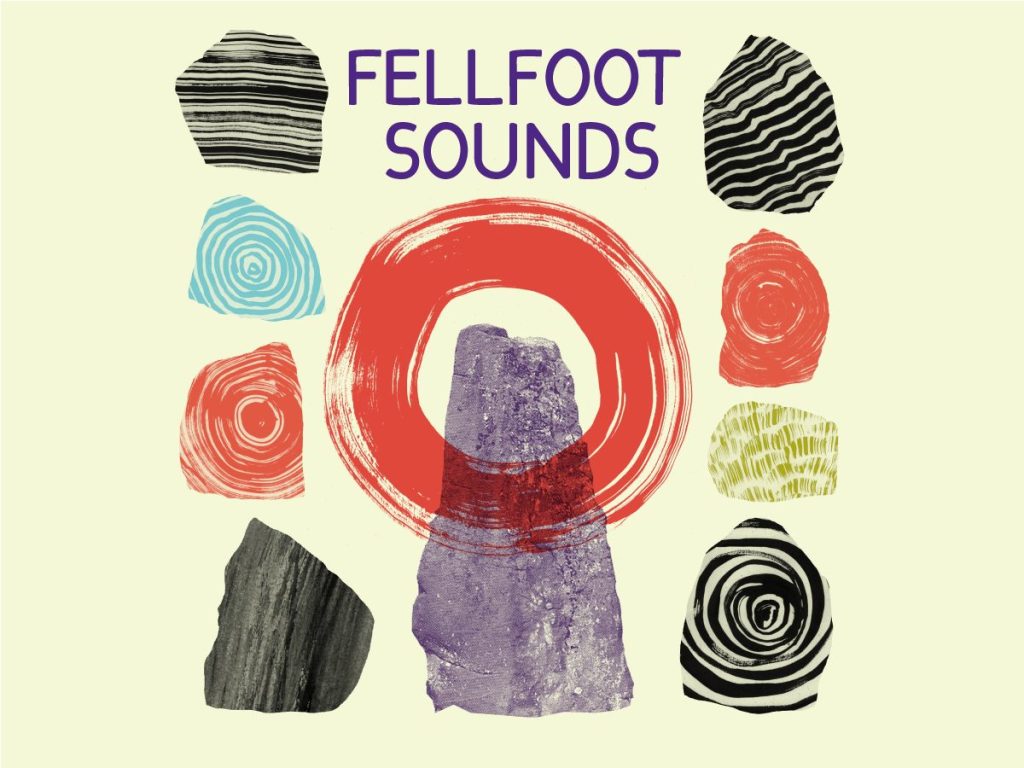News
Geopark at home 9
5 December 2024
Geopark at home
Activity 9 – soil experiment
Download a printable version of these instructions here.
Find out what makes up the soil in your garden.
You will need:
- A see-through jar with a lid (jam or sauce jars are good but take the label off)
- Something that will draw on the jar, e.g. a marker pen, tip-ex or nail varnish
- Soil (not compost)
- Water
- A ruler
What to do:
Half fill your jar with soil. Mark how high the oil comes on the side of the jar. Fill the jar to the top with water, put the lid on and give it a good shake. Stand the jar upright somewhere that you can leave it all day.
After about 30 seconds, you should be able to see a difference in colour where a layer of soil has settled to the bottom of the jar. Mark the height of this layer on the side of the jar.
After a few hours, go back to your jar. More soil will probably have settled out above your last mark. Mark the top of this layer.



Measure the heights from the bottom of the jar to your marks using a ruler. The first mark you made is total soil. The second is the larger grains of soil – the sand content. The third includes medium-sized grains – silt. The tiniest grains will still be floating in the water – clay. You might have a layer of larger bits that have floated to the top too. This is the organic matter; stuff that comes from living things. You can work out what percentages of the different sizes your soil is made up of like this:

What’s going on?
Soil is made up of a mixture of tiny particles from rocks, and organic matter, which comes from living things. The rock particles come in different sizes. In water, the bigger particles sink faster so we can use this to tell what the soil is made up of. The organic matter often floats because it is less heavy for its size than the other stuff. (When I did this, I had a big organic layer floating right at the top off the jar. I gave it another shake and the organic matter sank as well, landing on top of the silt layer.) Soils in different places have different proportions of sand, silt and clay. These particle sizes affect things like how quickly water drains through the soil when it rains and therefore what plants grow well in different places, or where there are more likely to be floods.
A very important soil in the North Pennines is peat. Peat can form when an environment is waterlogged. If it stays wet, organic matter can’t rot away like it normally does so the plants are only partly broken down. When plants rot, carbon dioxide is released to the atmosphere. Peat therefore stores up a lot of carbon. It’s important to look after our peatlands so that they don’t release lots of carbon into the atmosphere and speed up climate change, and also because they are important for wildlife, for people and for water management.

The way the different sized particles sink in water tells us a bit about some of the rocks formed in the North Pennines. Some of the layers of rock are sandstones, and some are mudstones or siltstones. It takes a good shake to get the sand moving, and it settles out quite quickly, so to move grains of sand around the water has to be moving quite a lot. Grains of silt only sink to the bottom when the water is left very still for a while, and not shaken up again. Sandstones and siltstones form when the particles sink to the bottom, get buried, squashed and stuck together. It we find sandstone, it could be that things were moving around quite a bit, like flowing rivers. If we find siltstone, we can guess that the environment must have been quite still, like where a river meets the sea and stops flowing, or the bottom of a deep ocean.

Take it further:
- Try using soil from different places, like different parts of a garden, or plant pots. You might need to put it back again when you’ve finished! Are the proportions different?
- If you found differences between the soils, try wetting some of each soil just a little bit to make a mud texture and rubbing it between your fingers. Can you feel the difference?
- Ask a friend or relative who lives somewhere different to try the same experiment. Is their soil the same as yours?
- There are lots of things that can change in this experiment, so if you do it more than once or different people do it, it might not be a very fair test. Can you think of ways to make it fairer?
Share your pictures or comments on Facebook or Twitter, and let us know if you enjoyed this Geopark at home activity.
Facebook: https://www.facebook.com/NorthPenninesAONB
Twitter: https://www.twitter.com/NorthPennAONB













